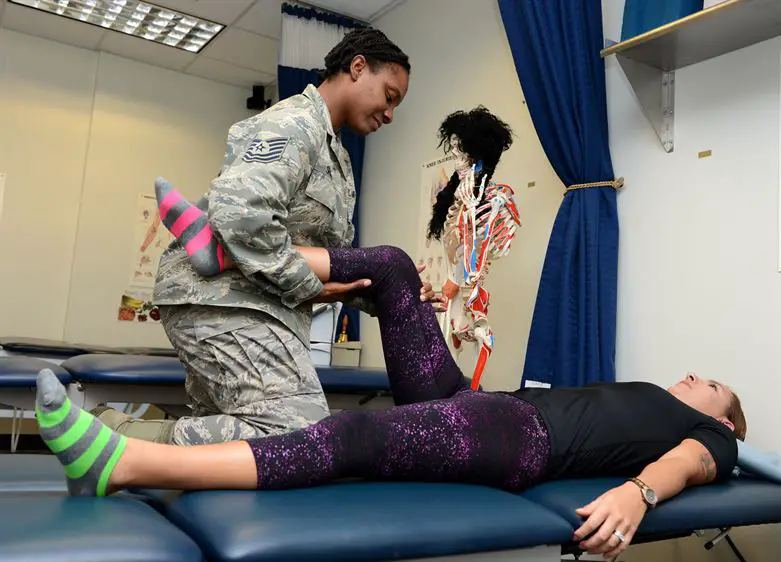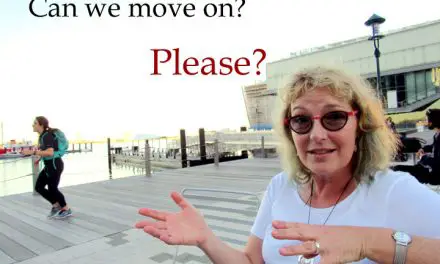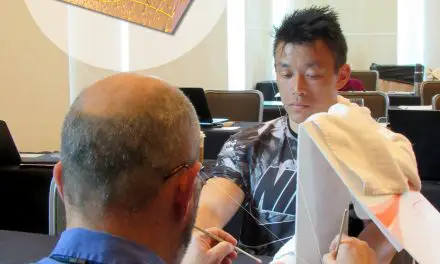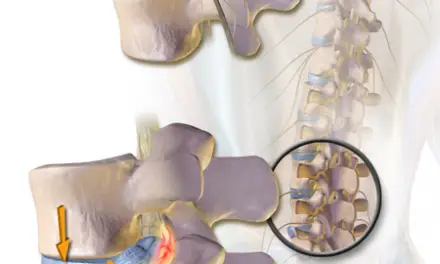How well patients with chronic low back pain respond to physiotherapy treatment can depend on what and how the physiotherapist explains pain to them. Researchers from the International Spine and Pain Institute in Story City, Iowa—led by Dr. Adriaan Louw—found that their subjects seem to respond better to a single leg raise test after they were given a neurological explanation of their pain than the classical biomechanical one.
Sixty-two patients were randomly assigned to the Neuro explanation group or Biomechanical group, and they performed one survey that measured their perception of low back pain and leg pain (Numeric Pain Rating Scale) and two physical tests—standing lumbar flexion and single leg raise (SLR). These were taken prior to and immediately after the manual therapy intervention (central posterior–anterior mobilization). During the treatment, the physiotherapists gave each patient a neuro or bio explanation, which are summarized in the following:
While there is not much difference between the group in the survey, back pain, leg pain, and lumbar flexion test, there was a significant difference in the single leg raise test between groups.
“The SLR is a test of the ability of the lumbosacral plexus (sciatic nerve) to move and ultimately its sensitivity to movement. It has very high sensitivity,” Dr. Louw explained in an email interview. “The reliability depends on the intent of the test. Older theories of using the SLR to ‘diagnose’ a certain type of ‘disc herniation’ are shown to be limited, but its usefulness in ruling out (sensitivity) for radiculopathy is really high. Therefore, the test is good for leg pain, not necessarily low back pain.”
When asked about the data, Dr. Louw replied, “Good question and only various theories can be offered as explanation, as the exact mechanism is unknown. Pain neuroscience education (PNE) has shown to lead to immediate changes in various neurodynamic tests, including SLR. Additionally, it is now well-established that PNE causes an immediate ‘calming of the nervous system’ as measured by pressure algometry. If the SLR is a test of mechanosensitivity of the sciatic nerve and PNE clams the nervous system, in essence it may show up by increased SLR.
“As for pain perception, pain is complex and as a stand-alone treatment, education is not that effective in reducing pain. Furthermore, to be clinically relevant a pain reduction has to be more than two points.
“Lumbar flexion: various other PNE studies as well as sensory discrimination studies have shown immediate changes in flexion, but not this study. We’re not sure why – we can speculate – may be tied to levels of fear of movement.
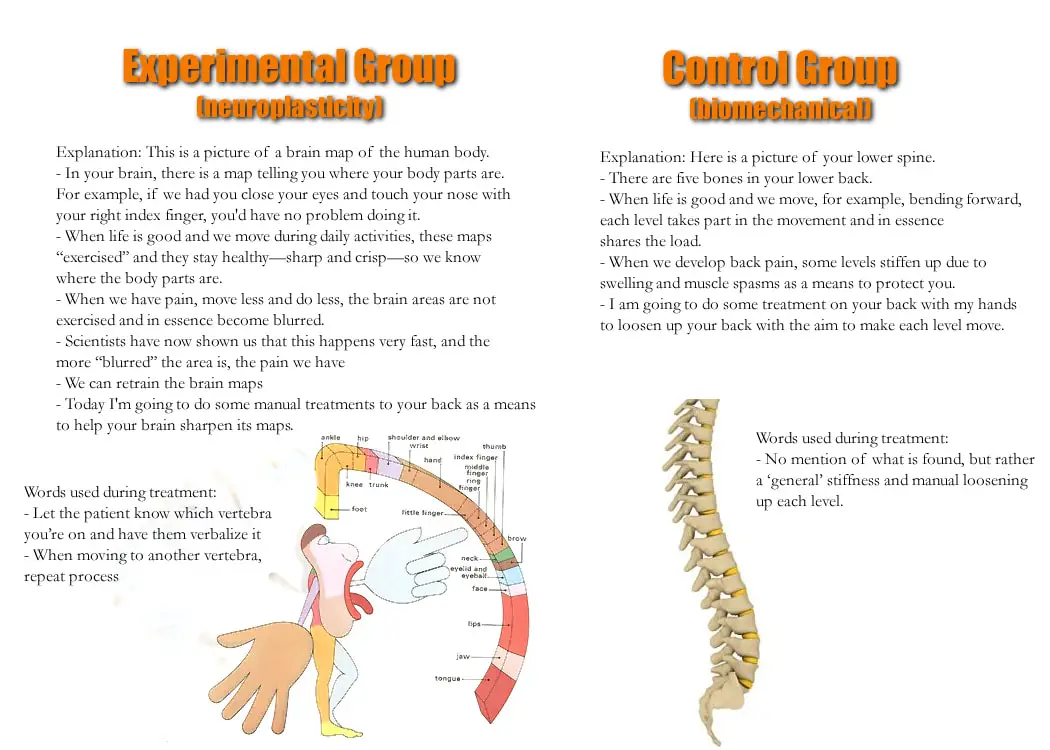
The minimal clinical important difference (MCID) for SLR is 5.7 degrees and yes, in this study it did not reach that. However, when analyzing the individual data, a much larger group of patients in the PNE explanation met/exceeded the MCID than the traditional education. The statistical analysis showed that the PNE resulted in a seven times more likely chance of someone meeting/exceeding the SLR MCID compared to traditional explanations.”
Apparently, this study is one of the first randomized-controlled trials that examined the differences in explanation of pain. This is based on a few pilot studies Dr. Louw’s research team had done.
“Prior to the study in question, our research team did a few pilot versions of similar style studies that brought us to this point,” Dr. Louw said.
“A case study: A lady who underwent spine surgery for back and leg pain was seen 3x/week for 2 weeks immediately after surgery and we used sensory discrimination (where am I touching you) in therapy and had her do a similar home program. The patient had a meaningful shift in spinal movement, straight leg raise and nerve sensitivity in the back and leg.
“A case series: We had 16 patients with chronic low back pain identify where we were touching them on their back via tactile discrimination and their pain decreased on average two points in five minutes
“Following the study in question, we replicated the chronic LBP study, but for knee and shoulder pain (where am I touching you) and had immediate increases in range of motion.”
Also, the researchers do not know whether if the pain explanation were to be given before or after the treatment have any influence on the outcome. Because of the patients’ different experiences and expectations of the treatment, it was difficult to give a cookie-cutter treatment approach by the therapists, who were also not blinded to the testing.
So what can therapists take away from all this?
“It’s important to realize this is one of several exploratory studies,” Dr. Louw explained. “We have similar ones going on right now. In line with sensory discrimination research, we believe manual therapy is, and can be used as, a form of sensory discrimination, thus sharpening the maps in the primary somatosensory cortex. But – the brain HAS to be involved. Manual therapy is very passive. Patients are placed with their ‘face in a hole’ and something done to them.
“By having a therapist use their skin to ‘assess’ where they are being touched or treated, the brain HAS TO be involved and this then sharpens the mapping of the brain, which has been shown to correlate to pain.”
Reference
1. Louw A, Farrell K, Landers M, et al. The effect of manual therapy and neuroplasticity education on chronic low back pain: a randomized clinical trial. J Man Manip Ther. 2017;25(5):227–234. doi:10.1080/10669817.2016.1231860
A native of San Diego for nearly 40 years, Nick Ng is an editor of Massage & Fitness Magazine, an online publication for manual therapists and the public who want to explore the science behind touch, pain, and exercise, and how to apply that in their hands-on practice or daily lives.
An alumni from San Diego State University with a B.A. in Graphic Communications, Nick also completed his massage therapy training at International Professional School of Bodywork in San Diego in 2014.
When he is not writing or reading, you would likely find him weightlifting at the gym, salsa dancing, or exploring new areas to walk and eat around Southern California.

